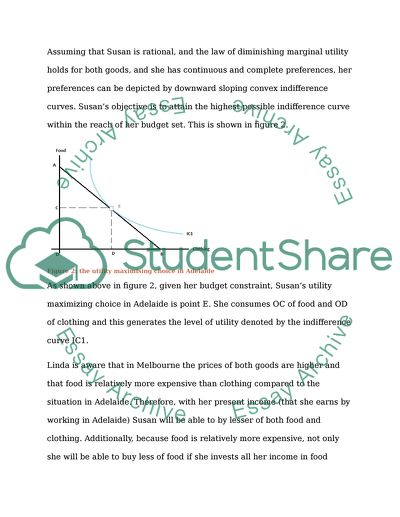Cite this document
(“Explanation of the graphics figures upon budget Assignment”, n.d.)
Retrieved de https://studentshare.org/macro-microeconomics/1390878-explanation-of-the-graphics-figures-upon-budget
Retrieved de https://studentshare.org/macro-microeconomics/1390878-explanation-of-the-graphics-figures-upon-budget
(Explanation of the Graphics Figures Upon Budget Assignment)
https://studentshare.org/macro-microeconomics/1390878-explanation-of-the-graphics-figures-upon-budget.
https://studentshare.org/macro-microeconomics/1390878-explanation-of-the-graphics-figures-upon-budget.
“Explanation of the Graphics Figures Upon Budget Assignment”, n.d. https://studentshare.org/macro-microeconomics/1390878-explanation-of-the-graphics-figures-upon-budget.


